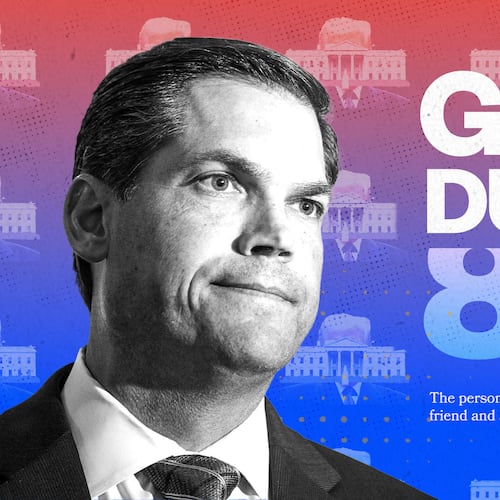I carried mail for 20 years for the United States Postal Service in Denver and in Raleigh and Durham, N.C. I retired in 2000 to pursue a doctorate and a career as a historian, but I haven’t left the mail behind. Instead, I’ve become fascinated with the history of the post office and increasingly concerned about its future.
The financially struggling U.S. Postal Service recently announced that it is targeting nearly 3,700 post offices for possible closure, a move coming on top of other cutbacks in postal jobs and facilities.
Why is it important that the post office not only survive but thrive? If it were crippled or if it collapsed, in this era of Skype and instant messaging and social media, what would be the harm?
“Here comes Uncle Sam!” is what I used to hear on my mail route in Durham. Mostly I heard this from older African-Americans, along with the usual jokes about bills, junk mail and checks. Almost one-fifth of my customers received Social Security checks, and many of them relied on me to deliver their medications, including on Saturdays. What I didn’t fully appreciate until later was the reassurance they got from seeing their letter carrier and the connection I represented to the Postal Service and the federal government. For them, the post office was also quite likely a place where a relative had found employment — enabling a middle-class lifestyle, home ownership and college tuition for the kids.
The post office has historically helped all kinds of people find jobs, including immigrants, rural migrants and those pursuing higher education. For African-Americans, the post office has been a job magnet and a vehicle for social activism and community development. Since changes in the law allowed them to enter the ranks in 1865, African-Americans fought segregation and discrimination in the Postal Service and its unions, and they played a key role in modernizing the agency. Historically, the post office has been the largest employer of African-Americans, and from 1970 to 2000, blacks were at least twice as likely to work for the post office as whites.
The proposed post office closures cut across urban, rural and suburban lines. Post offices are not just sources of jobs: Losing postal jobs and post offices means losing community.
In Washington, one office on the chopping block is the Lamond-Riggs location near the headquarters of Branch 142, National Association of Letter Carriers, where I interviewed Joseph Henry, the retired local president. He told me about working 12-hour days in Washington’s post office back in 1961, when it was known as “the plantation.”
Today, the postal workforce is 37 percent female, 8 percent Hispanic and 8 percent Asian; African-Americans have made up 21 percent of its employees since the 1960s.
In 1950, the post office cut mail delivery from twice to once daily. For the next 20 years, wages stagnated. In 1970, postal workers on average earned $6,100 — an annual salary that was below the national median and that found many postal workers eligible for welfare and food stamps. Low wages provoked a nationwide postal strike that year, in which black employees played a key role. The successful “wildcat” strike — illegal by federal law and unauthorized by the postal union’s national leadership — compelled a livable wage increase. It also won collective bargaining rights under the 1970 Postal Reorganization Act. That measure also converted the U.S. Post Office into the U.S. Postal Service, an “independent establishment of the executive branch” — in other words, a self-supporting government agency that functions like a corporation.
The Postal Service’s $8 billion deficit is mainly a result of a 2006 congressional directive that the Postal Service pre-fund all retiree benefits for the next 75 years within 10 years. This imposed deficit has prompted some to question the need for universal postal service as authorized by the Constitution.
The demise of the post office was predicted in the late 19th century with the invention of the telephone, and again in the 1950s with the introduction of the fax machine, and again today with the Internet.
But the post office has adapted before, and customer demand always played a part. From 1911 until 1967, the post office ran a banking system. Older former colleagues remember the rapid delivery of everything from college students’ laundry to book manuscripts by railway mail, which soon gave way to air mail. Today, not only do many home businesses rely on postal delivery, but many goods purchased online and shipped with FedEx and UPS arrive at your home or office with “last-mile delivery” by the USPS.
The post office still delivers 40 percent of the world’s mail to 150 million homes and businesses. We need to seriously consider what we will lose by squeezing it to death. Congress is now considering positive, not just punitive, legislation that would, among other things, address the pre-funding requirement. It wouldn’t solve all of the Postal Service’s problems, but it would at least slow the immediate drain and prevent closures and layoffs. We could keep Uncle Sam on his route.
Philip F. Rubio, an assistant professor of history at North Carolina A&T State University, is the author of “There’s Always Work at the Post Office: African American Postal Workers and the Fight for Jobs, Justice, and Equality.”
About the Author
Keep Reading
The Latest
Featured


